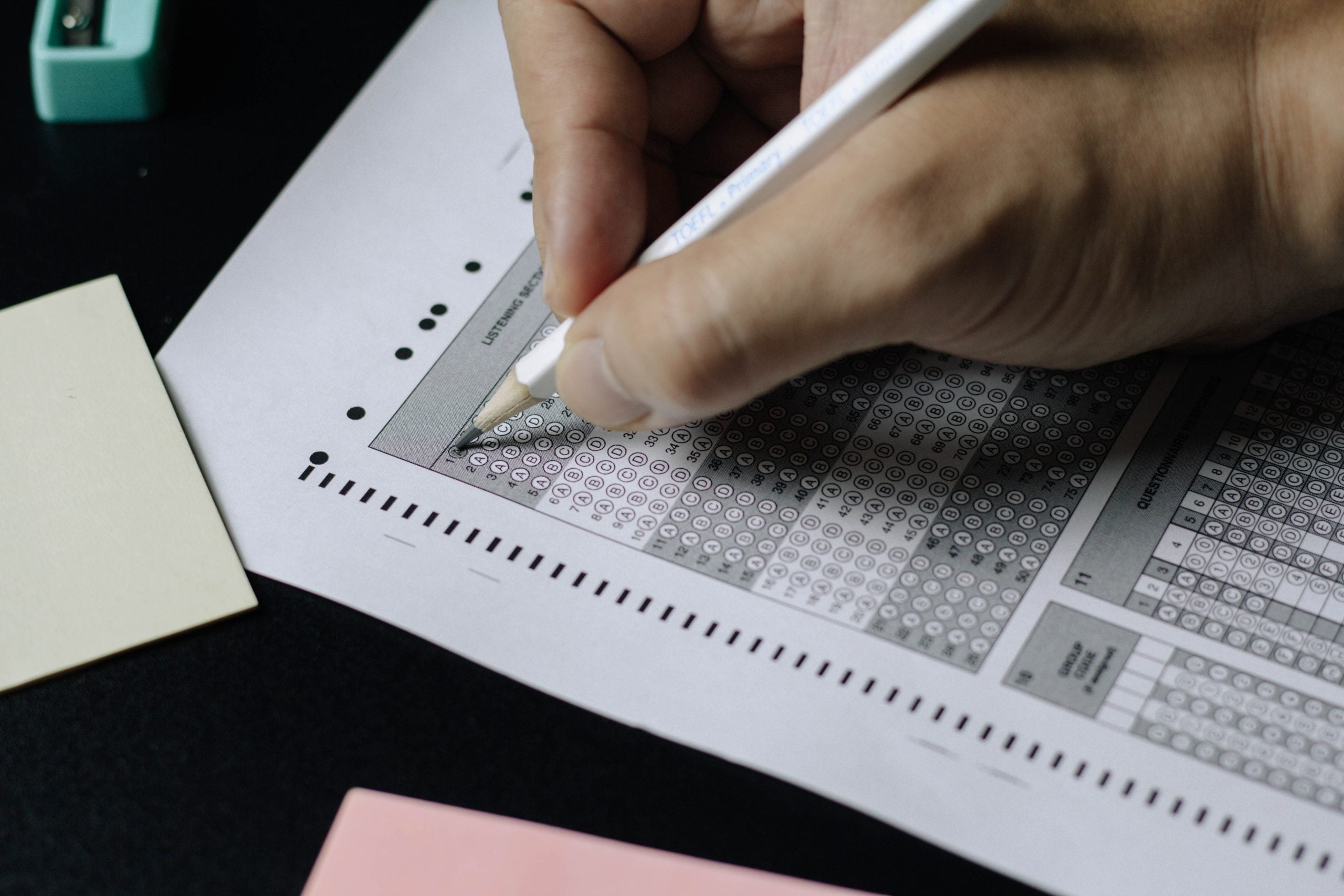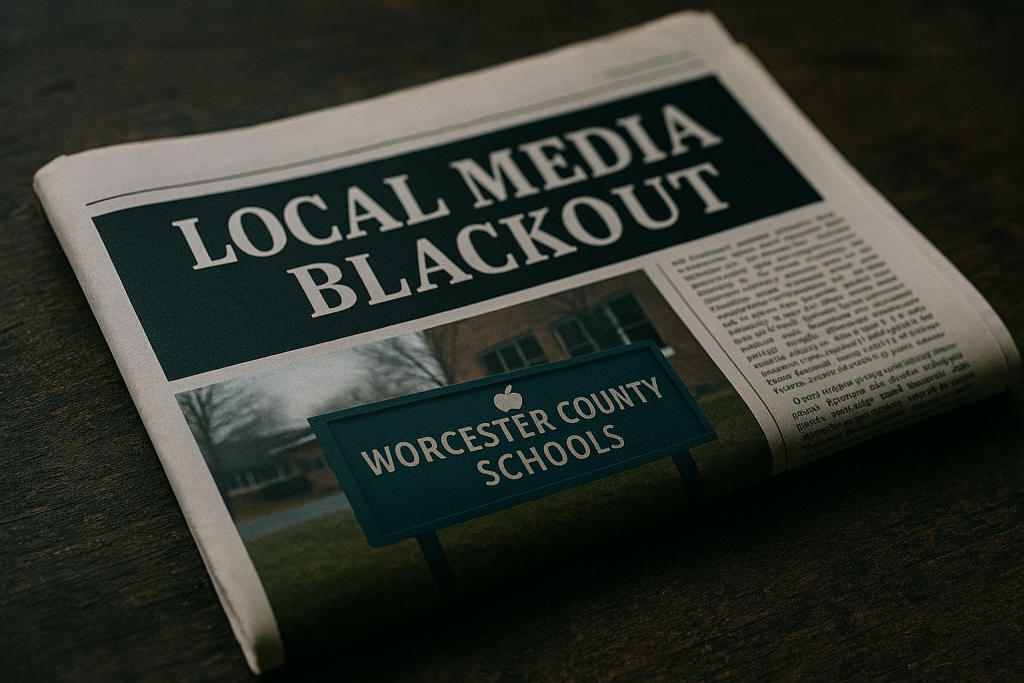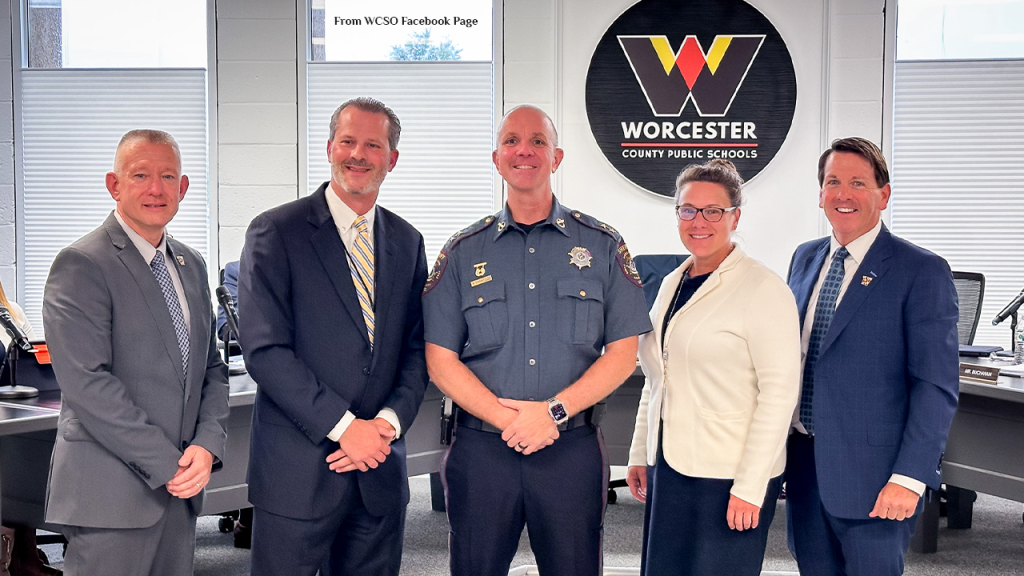

It’s Testing Season and These are the Highest Stakes Seen in Decades!
As Maryland school systems enter the fourth quarter, anyone who knows anything about Maryland education knows that means one thing. Testing!
School systems have not administered any meaningful standardized tests since the spring of 2019. In Late February 2021, The Maryland State School Board voted to require schools to administer the MCAP (Maryland’s new standardized testing program) in the spring of 2021. This was while most systems had just recently returned or were in the process of returning to in person learning after about a whole year of virtual learning. The very next week the board reconsidered and delayed testing to the fall of 2021. The delayed tests would be shorter diagnostic tests to gauge any potential gaps in learning due to the pandemic and use the data to move forward post pandemic. The results were not pretty. Now with the spring of 2022 here, schools will be administering the full and standard battery of tests for the first time in 3 years. The need to administer these tests in the traditional manner and to get reliable and actionable results associated with the poor results of the previous fall makes for very high stakes.
Never has there been a more important round of standardized tests administered than the one that is currently, or shortly will be, underway. In the recent abbreviated fall 2021 tests, just 15% of public school students passed in math and 35% passed in English (ELA) and marked the greatest single-year declines on any state tests given in at least the past two decades in Maryland. Maryland’s declines in student achievement reflect a wider nationwide trend as school systems attempt to recover from three academic years interrupted by a pandemic.
Many school systems are also balancing widespread staffing shortages including significant disruption to transportation, and intense public pressure over curriculum and COVID-19 mitigation measures such as masking and vaccines. While most of the debate over vaccines and masking has passed, Maryland students were still among the last in the nation to return to school buildings, which is reflected in the data, State Superintendent Mohammed Choudhury said in December.
What does all of this mean?
Considering all of the factors involved, one would reasonably conclude that the forthcoming testing results will be poor to say the least. Also, since the new MCAP (Maryland Comprehensive Assessment Program) replaced PARCC as Maryland’s Standardized testing program, and has yet to be fully administered, this marks the first and initial complete administration of the new testing program. We should, Therefore, see an even larger decline in pass rates as MCAP is highly considered difficult to pass. More than half of the state’s public-school students regularly fail the PARCC tests — given in math and English in grades three through eight and in some high school subjects — in years before the pandemic.
With Maryland’s Blueprint for Progress in its initial stages, the pending doom in upcoming testing results will most certainly provide plenty of ammunition for those who support it. They will argue that this will further indicate the need for such drastic intervention. Considering that there is a very small chance that the news will be anything but poor, some lawmakers may even use it as an opportunity to push for further interventions.
On thing in students’ and schools’ favor is the length. MCAP is much shorter in length and generally less intrusive to the regular educational program; however, most people outside of education do not realize that, whichever test is administered, there is always a major impact on and interruption to the regular day. Daily schedules are majorly adjusted, lunch shifts are changed, classes are lengthened and shortened. Sometimes whole schools end up in a holding pattern where no classes will change, and students will simply sit and wait in one class with nothing to do while one student is finishing his or her test. I have personally been in this situation, since many times the testing procedures require all participants to finish before any class can change.
This year, we add the major shortage of transportation and cafeteria workers to the list of issues affecting testing. Schools would often schedule the tests in the morning when students were fresh and at their best. Now, it would appear that morning testing will be very difficult to count on since busses often come very late or not at all. One example is Anne Arundel County. Every day they publish a list of impacted bus routs. There are usually about 50 or more busses listed as “No Service” or various delays. This will be a major source of disruption to the testing administration.
It waits to be seen, but one thing is for sure, there has never been higher stakes for Maryland Schools.
Dig Deeper With Our Longreads
Newsletter Sign up to get our best longform features, investigations, and thought-provoking essays, in your inbox every Sunday.
The MEN was founded by John Huber in the fall of 2020. It was founded to provide a platform for expert opinion and commentary on current issues that directly or indirectly affect education. All opinions are valued and accepted providing they are expressed in a professional manner. The Maryland Education Network consists of Blogs, Videos, and other interaction among the K-12 community.













